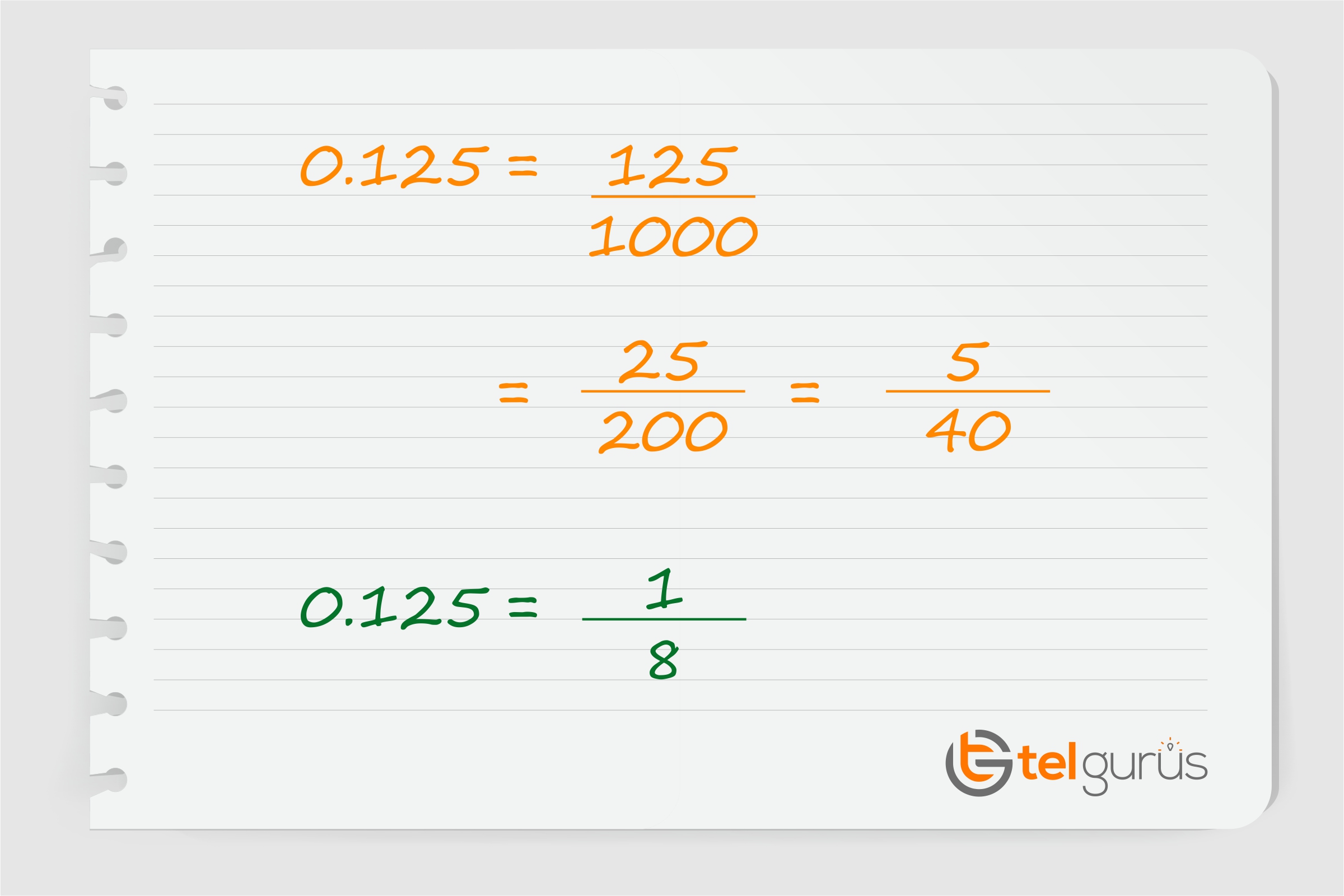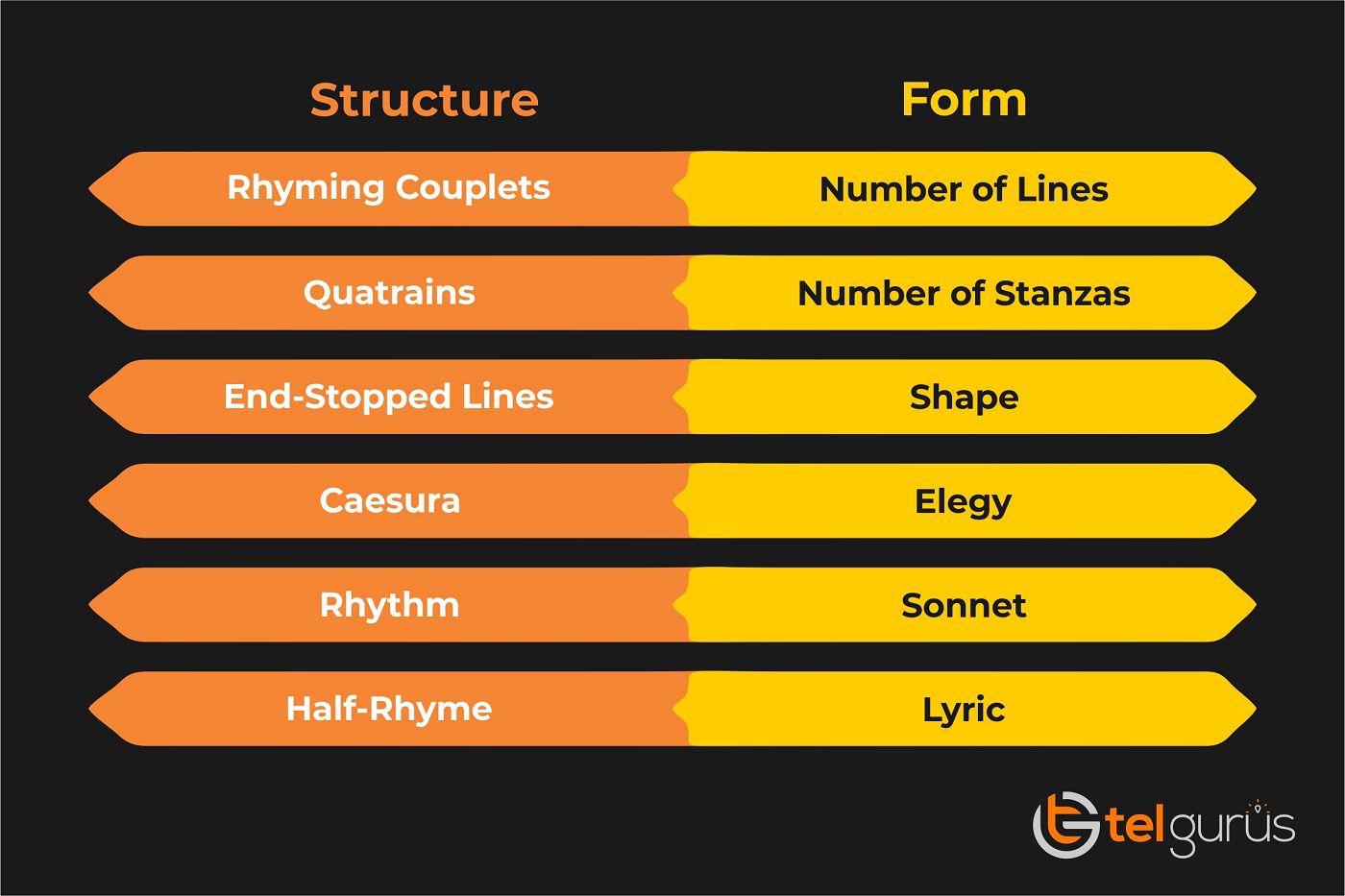Enrich your knowledge with our informative blogs
How would you convert the decimal 0.125 into a fraction in its simplest form?

Simplest Form
A fraction is said to be in simplest form when there is no common factor between the numerator and the denominator. The simplest form is also known as representing the fraction in ‘lowest terms’ where the numerator (top of the fraction) and denominator (bottom of the fraction) are whole numbers and cannot be divided further to get a lower number.
Numerator
The upper part of the fraction is called the numerator.
Denominator
The lower part of the fraction is called the denominator.
How to reduce a fraction in the lowest form?
Approach 1: Repetitive Division
To reduce the fraction in its lowest term or simple form, you need to divide them with their common factors. Keep on dividing till the upper and lower number has no common factor except 1.
Approach 2: Prime Factorization
Another way to do this is to break both the numerator and denominator into a product of prime numbers i.e. perform the prime factorization. Cancel out the common terms. The remaining fraction will be termed as the simplest form of the fraction.
Let’s begin
To convert decimal in simplest form, we need to first understand
How to convert a decimal number to a fraction?
Step1: Count the number of digits after the point (.) or decimal. Say it’s ‘X’
Step2: Now your fraction turns out to be:
The numerator will become your decimal number but without the ‘.’ (Decimal)
The denominator will be 1 followed by ‘X’ zeros as calculated in step 1.
Back to the problem, first, we need to convert 0.125 into a fraction.
By following the above steps, we can see that there are three digits after decimal i.e. 1,2,5
So, according to step 1, we have to count the digits after decimal which is 3 in the case of 0.125
Next, it’s time to build our fraction!
Numerator = 125 (remove decimal)
Denominator = 1000 (1 followed by 3 zeros)
Finally, we get our fraction as Numerator/denominator
Now that we have got our fraction as 125 / 1000.
Step1: 0.125 can be represented as 125 / 1000.
Next, we need to convert it into the simplest form by reducing it to the lowest terms.
We need to find common factors of 125 and 1000. It is always good to start with prime numbers. The prime first factor is 5. So, divide both 125 and 1000 by 5.
Step2: – Divide 125 / 1000 by 5
We get,
125 / 1000 = 25 / 200;
5 again is the common factor of the new fraction (25 /200). So, we again divide numerator and denominator by 5
25 / 200 = 5 / 40
Now, 5 again turns out to be the common factor of 5 and 40. So, on dividing 5 and 40 by 5 we get:
5 / 40 = 1 / 8
Now, there is no common factor of 1 and 8. So, we stop our division here.
The simplest form of 0.125 is 1 / 8.

Unleash the Power of visualization to break tough concepts
Wanna be the next Maths wizard? Discover the new way of learning concepts with real-life Visualization techniques and instant doubt resolutions.
Categories
Recent Posts
- List of the qualities you should look for in your tutors?
- What is the most useful formulas in math?
- Describe the process of eating to defecation of food?
- Difference between the natural and artificial active response by the immunology system.
- Explain the different circle theorems
- How are nerve cells adapted to their function?










